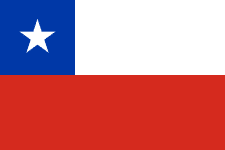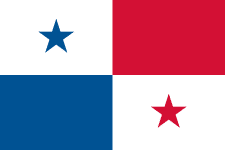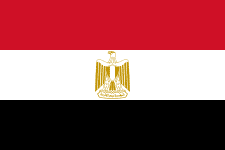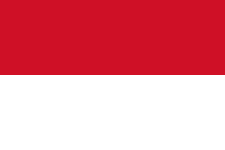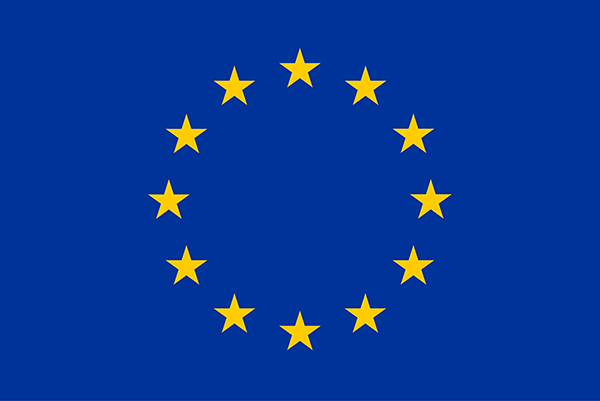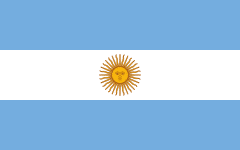- Industry
- Region
- Country / Region
On May 22, 2025, the Vice-Minister of Transport and Telecommunications of Chile issued Resolution No. 737, which amends Resolution 1985 on technical standards for short-range telecommunications equipment.
The resolution introduced a new mandatory standard for the emission of radio equipment, requiring QR codes to be printed on packaging to verify its compliance. Importers and manufacturers must ensure compliance before products enter the market and provide test reports and technical details of frequency and power levels. The regulation is designed to effectively manage the radio spectrum while adapting to technological innovations to ensure equipment safety and regulatory compliance.
The regulation will come into force on February 22, 2026. Click on this link to view the original text.
On May 22, 2025, the Panamanian National Public Service Administration (ASEP) issued a resolution numbered AN 20510-Telco. This update amends the May 5, 2025, AN 20335-Telco resolution issued to strengthen regulatory oversight and align frequency allocations with current technological and market developments.
Click this link to view the original resolution.
On May 21, 2025, the National Telecommunications Regulatory Authority (NTRA) of Egypt notified authorized laboratories of the new mandatory requirements for Arabic language specifications, which read:
- The Arabic language instructions required for public-facing products (e.g., mobile phones, home routers, etc.) should include the name and contact information of the entity being translated, and must be an ISO 17100 accredited entity or an institution accredited by an Arab government organization.
- NTRA also announced that products that are ready to ship but do not meet the new requirements will be exempted from the requirement as the manufacturer was not previously aware of the requirement, but will require a letter of commitment from the manufacturer stating that it is aware of the new requirement and will meet it in future shipments.
On May 19, 2025, India's Ministry of Telecommunications (DoT) released the draft Rules for the Use of Low Power and Ultra-Low Power Radio Access Systems (including Wireless LANs) in the Low 6 GHz Band 2025. The rule applies to the band 5925-6425 MHz. The maximum equivalent isotropically radiated power (EIRP) is 1 W for low-power indoor (LPI) devices and 25 mW for ultra-low-power outdoor (VLP) devices.
Click this link to view the original draft and the comment period is until 15 June 2025.
On May 15, 2025, Indonesia's Directorate General for Digital Infrastructure (DJID, formerly SDPPI) released a public consultation on its official website on the introduction of the 2600MHz band. The draft specifies that TDD technology will be used for the 2500-2690MHz frequency band, that is, corresponding to Band 41 (2496-2690MHz).
Click on the link to view the original public consultation.
On 15 May 2025, the European Commission published Executive Decision (EU) 2025/893 amending the Executive Decision (EU) 2022/2191. This revision updates a series of harmonized standards, including a number of important EMC standards and important standards such as 5G terminal RF and Wi-Fi 6e RF, with the following changes:
- Expiration dates are set for the criteria in the table below:
Standard Latest Version In OJ Current Version In OJ Current Version Valid Date EN 301 489-52 V1.3.1 V1.2.1 2026-11-15 EN 301 908-13 V13.3.1 V13.2.1 2026-11-15 EN 301 908-3 V15.1.1 V13.1.1 2026-11-15 EN 302 064 V2.2.1 V1.1.1 2026-11-15 EN 303 098 / V2.2.1 2026-11-15 EN 303 213-5-1 V2.1.1 V1.1.1 2026-11-15 EN 301 893 V2.2.1 V2.1.1 2028-05-15 - Remarks change: The remarks of EN 301 489-12 V3.2.1, EN 301 489-20 V2.2.1, EN 301 489-52 V1.2.1 have been changed to indicate that the relevant standards do not apply to harassment below 9kHz;
- OJ has been added to several standards: EN 301 489-3 V2.3.2, EN 301 489-17 V3.3.1, EN 301 489-19 V2.2.1, EN 301 489-54 V1.1.1, EN 301 908-23 V15.1.1, EN 301 908-24 V15.1.1, EN 301 908-25 V15.1.1, EN 301 406-2 V3.1.1, EN 303 363-2 V1.1.1、EN 303 661 V1.1.1、EN 303 687 V1.1.1、EN 303 753 V1.1.1、EN 304 220-1 V1.2.1、 EN 304 220-2 V1.2.1;
Click on this link to view the original text of Decision (EU) 2025/893.
On April 30, 2025, the Argentine National Communications Authority (ENACOM) redefined the mobile satellite spectrum through Resolution No. 640/2025 to reduce interference to personal communication services (PCS). This change directly affects telecommunications and satellite operators operating within the Argentine national network. The redefined spectrum is:
- 1990-2025 MHz for ground-to-space transmission;
- 2170-2200 MHz is used for air-to-ground transmission.
Click this link to view the original ENACOM resolution.
On 30 May 2025, the Bureau of Indian Standards (BIS) published the Implementation Guidelines for Amendment No. 1 of IS 16333 Part 3:2022. The guidelines require that all mobile phones must be available in printed or electronic form (online user guides and/or QR codes on packaging) of instruction manuals in Indic languages as of 19 September 2025.
Click this link to view the original announcement of BIS.
On April 25, 2025, the National Radio Research Agency (RRA) of the Republic of Korea officially announced the partial revision of the Technical Standards for Simple Radio Stations, Space Stations, Earth Stations, Radio Detection Equipment and Other Service Radio Equipment No. 2025. Important revisions have been made to the technical standards and specifications for radio equipment for low-Earth orbit (LEO) satellite communications earth stations. The revision, which came into effect from the date of promulgation, marks a key step in South Korea's technological standardization process in the field of satellite communications, aiming to seize the strategic high ground of air-space-ground integrated communication in the 6G era.
According to the new regulations, RRA has added a new category of "radio equipment for LEO satellite communication earth stations" in Appendix 1 of the Conformity Assessment Bulletin, and updated the format symbol identification 67 of this type of equipment in Appendix 7. The adjustment is mainly aimed at low-orbit satellite communication equipment operating in the frequency band from 11 GHz to 14 GHz, and clarifies the technical requirements for its occupied bandwidth, frequency tolerance and anti-interference to ensure the efficient use of spectrum resources and the safety of the electromagnetic environment.
Click the link to view the original RRA announcement.
On 25 April 2025, Bermuda's Regulatory Authority (RA) announced that from 14 February 2025, radio equipment operating only on Bluetooth and/or Wi-Fi frequencies will no longer require a separate application for type approval. Manufacturers and importers must still ensure that these devices comply with the technical and regulatory standards set by the Federal Communications Commission (FCC), Innovation, Science and Economic Development Canada (ISED), and the European Telecommunications Standards Institute (ETSI).
Click this link to view the original announcement of the RA.
